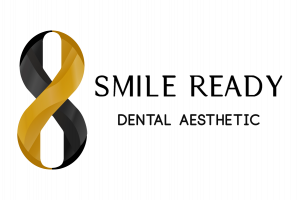
Orthodontic treatments have come a long way, offering diverse options to address misaligned teeth and create beautiful, healthy smiles. In this article, we will explore various orthodontic options available today, highlighting the features, benefits, and considerations for each.
Traditional Braces
Traditional braces have been a staple in orthodontics for decades. Comprising metal brackets and wires, they effectively correct complex dental issues. Braces work by applying continuous pressure on the teeth, gradually guiding them into the desired position. Modern braces are more comfortable and aesthetically pleasing than their predecessors, with smaller brackets and colorful band options.
Clear Aligners
Clear aligners, such as Invisalign, have gained popularity for their discreet and flexible approach to teeth straightening. These custom-made, removable trays gradually shift the teeth into alignment. Clear aligners are virtually invisible and can be removed for eating and oral hygiene, offering a convenient option for many individuals seeking orthodontic treatment.
Lingual Braces
Lingual braces are similar to traditional braces but with a unique twist—they are placed on the backside of the teeth, making them virtually invisible from the front. This option is ideal for those who desire the effectiveness of traditional braces without the visible appearance of metal on the front of their teeth.
Ceramic Braces
Ceramic braces are another aesthetic option, featuring clear or tooth-colored brackets that blend with the natural color of the teeth. Like traditional braces, they use wires to move the teeth gradually. Ceramic braces are a discreet alternative for those who want the benefits of braces with a less noticeable appearance.
Self-Ligating Braces
Self-ligating braces utilize a sliding mechanism rather than elastic bands to connect the archwire to the brackets. This design allows for reduced friction and quicker adjustment appointments. These braces often result in less discomfort and may require fewer visits to the orthodontist for adjustments.
Orthodontic Retainers
Retainers play a crucial role in maintaining the results of orthodontic treatment. After braces or aligners, wearing a retainer helps prevent teeth from shifting back to their original positions. There are various types of retainers, including removable and fixed options, tailored to individual needs.
Choosing the Right Option
The choice of orthodontic treatment depends on factors such as the severity of misalignment, personal preferences, lifestyle, and budget. Consulting with an orthodontic specialist is crucial to determine the most suitable option for each individual case.
Considerations for Adults
Orthodontic treatments are not limited to adolescents; more adults are seeking options to enhance their smiles. With advancements in orthodontic technology, adults can choose from various discreet and efficient options, making the journey to a straighter smile more accessible and comfortable.
Conclusion
Orthodontic options have evolved to offer patients a range of choices tailored to their unique needs and preferences. Whether opting for traditional braces, clear aligners, lingual braces, ceramic braces, or self-ligating braces, individuals can embark on a journey to a straighter, healthier smile. With the guidance of orthodontic professionals, achieving the perfect alignment is now more accessible than ever.


